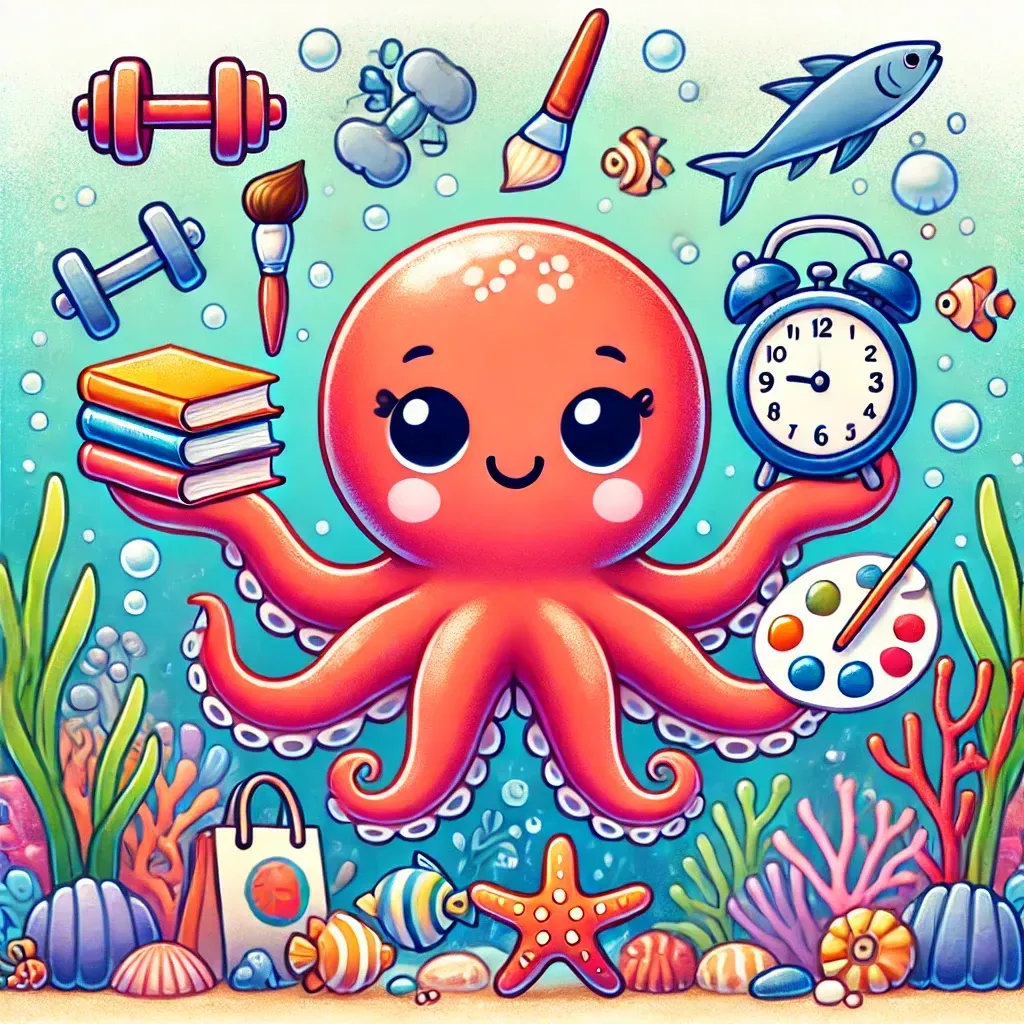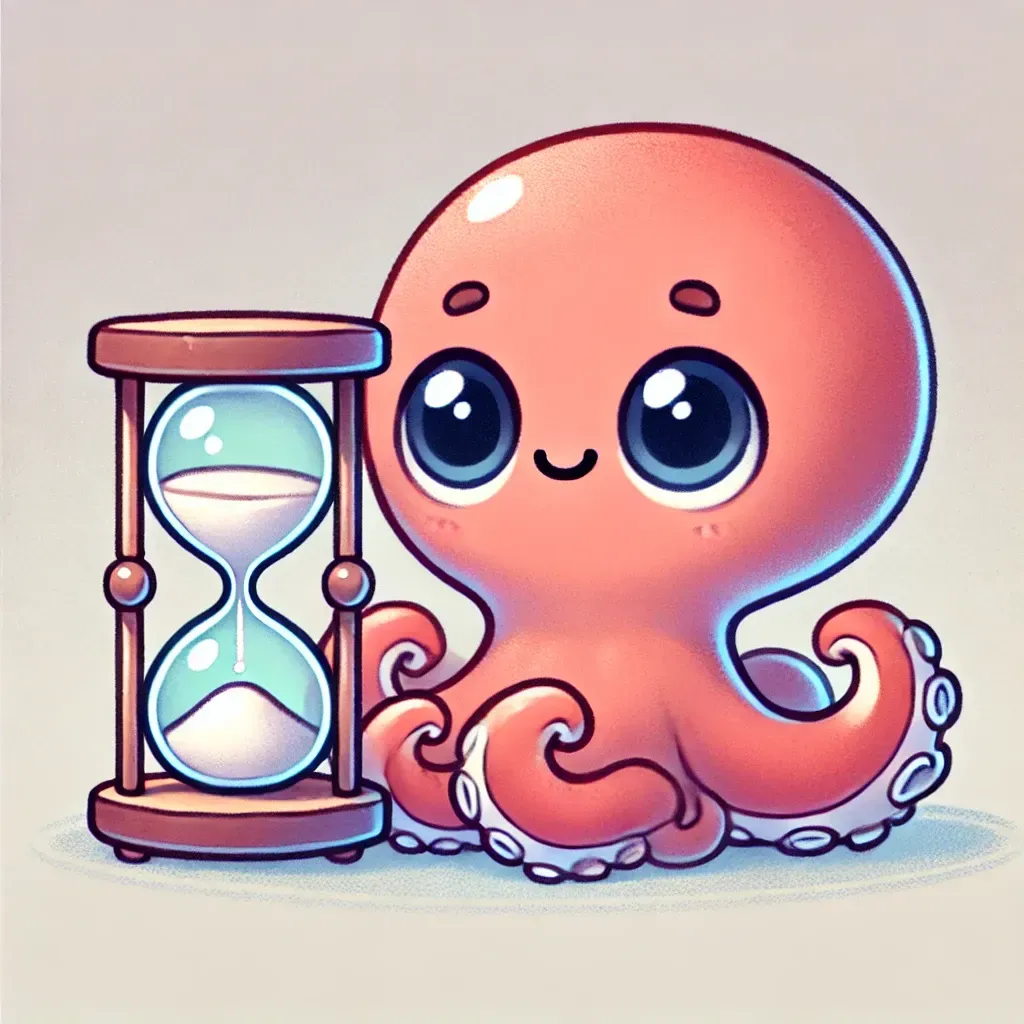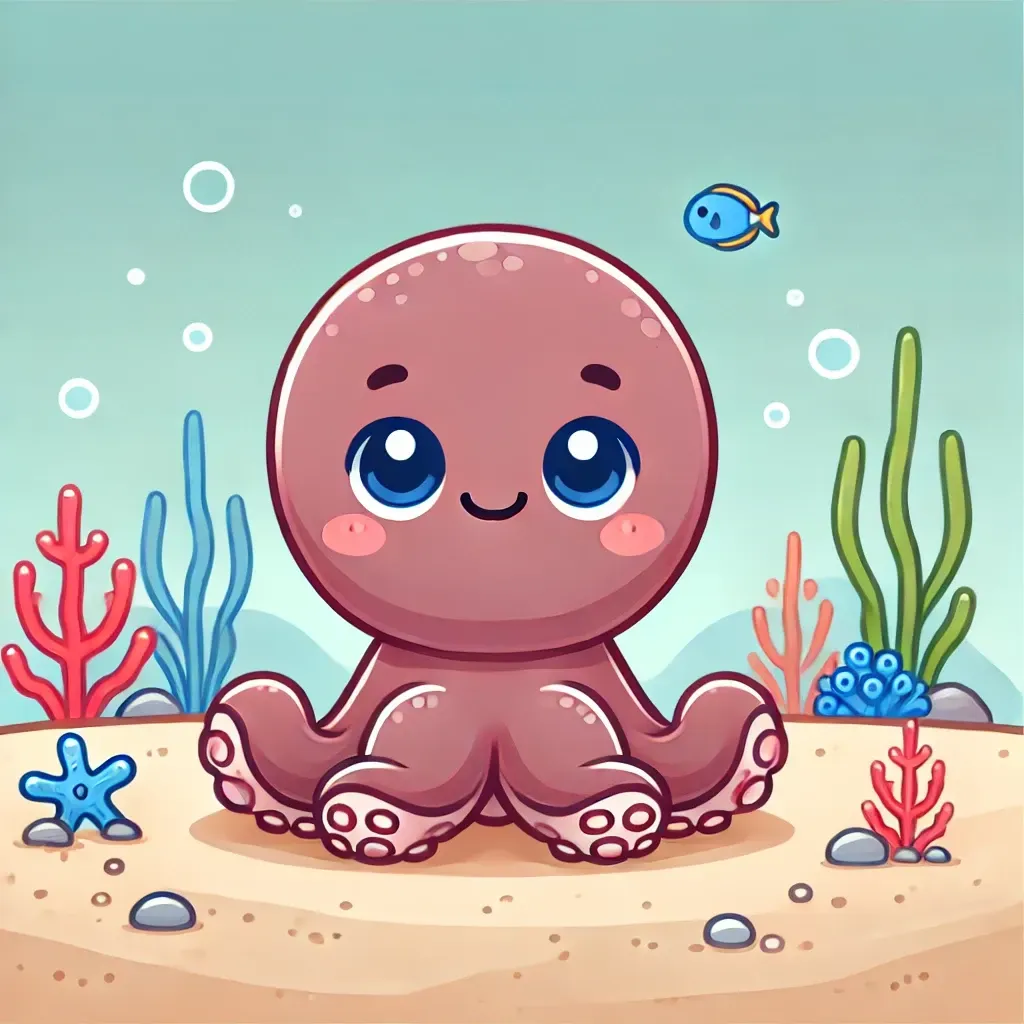Always On or Completely Off: Navigating the Extremes of Adult ADHD

Key Takeaways
Embracing Life’s Finitude: The journey begins with acknowledging life's finitude, a challenging concept for those with ADHD. Writing a personal eulogy can help clarify true values and anchor wandering focus, allowing one to determine their desired legacy amidst daily distractions.
Redefining Values Amidst Distraction: Aligning actions with long-term goals is difficult for individuals with ADHD due to numerous fleeting passions. By channeling diverse interests into core values like creativity, empathy, and resilience, and crafting flexible yet consistent routines, one can prevent dilution of efforts and energy.
Embracing Impermanence as a Motivator: The concept of time's transience impacts those with ADHD differently, often leading to impulsivity. However, understanding impermanence can be a powerful motivator to prioritize what enriches life and legacy, helping to overcome the fear of missing out and making more intentional choices.
Living with adult ADHD often feels like being caught in a relentless tug-of-war between two extremes. My brain is either always on, whirring away at 100 miles per hour or it’s completely off, stuck in a cycle of unproductiveness and distraction. This constant fluctuation is not just a quirk of my personality but a deeply ingrained aspect of my neurodivergent brain. It's a phenomenon driven by biological factors that can make finding balance daunting.
Understanding the Biological Basis
ADHD is rooted in the brain's neurotransmitter systems, particularly involving dopamine and norepinephrine. These chemicals are essential for regulating attention, motivation, and reward. For individuals with ADHD, there’s often a deficiency or imbalance in these neurotransmitters, leading to difficulties in maintaining focus and managing impulses. This imbalance can manifest in two significant ways:
- Hyperfocus: When I'm deeply engaged in a task, it feels like I can conquer the world. This state, known as hyperfocus, is a burst of productivity where I lose track of time and become entirely absorbed in what I’m doing. It’s exhilarating but also exhausting, and it can be challenging to snap out of it.
- Shutdown: On the flip side, when I’m not in a state of hyperfocus, it’s like my brain hits a wall. I struggle to initiate tasks, get easily distracted and can become overwhelmed by even simple responsibilities. This switch between extremes is not only frustrating but also unsustainable in the long run.
The Compulsion to Keep Going
During the workweek or on weekends, I find myself driven by an almost addictive need to keep working. There’s a persistent fear that if I stop, I’ll crash and become unproductive. This cycle is incredibly hard to break and often leads to burnout. The underlying fear of falling into a state of inertia compels me to push myself, sometimes beyond my limits. This isn't just a personal anecdote but a common experience for many adults with ADHD.
Strategies for Finding Balance
Recognizing this pattern is the first step towards managing it. Here are some strategies that have helped me navigate these extremes:
- Set Boundaries: Creating a structured routine with clear boundaries between work and rest is crucial. Setting specific work hours and sticking to them helps prevent the all-consuming nature of hyperfocus.
- Scheduled Breaks: Integrating regular breaks into my schedule ensures that I don’t push myself to the point of exhaustion. Using timers or apps to remind me to take a break can be incredibly helpful.
- Mindfulness and Meditation: Practices like mindfulness and meditation help ground me and provide a sense of calm. They are effective in breaking the cycle of constant motion and allow me to reconnect with the present moment.
- Prioritize Sleep: Ensuring adequate sleep is essential for managing ADHD symptoms. A consistent sleep schedule helps regulate neurotransmitter levels and improves overall cognitive function.
- Task Management Tools: Utilizing task management tools like to-do lists, planners, or apps can help break tasks into manageable chunks and provide a sense of accomplishment as I check off completed tasks.
- Seek Support: Therapy, whether cognitive-behavioral or ADHD-specific coaching, can provide valuable strategies and support in managing these extremes.
Embracing the Journey
Living with ADHD is a journey of self-discovery and transformation. It requires acknowledging the unique challenges and strengths that come with it. By understanding the biological underpinnings and implementing practical strategies, it is possible to navigate the extremes of always being on and complete shutdown.
It’s important to remember that this journey is personal and ongoing. There will be setbacks, but there will also be moments of triumph and growth. By sharing our experiences and supporting one another, we can find empowerment and inspiration in our shared struggles and successes.
Embrace the process, be kind to yourself, and remember that finding balance is not a destination but a continuous journey. Together, we can learn to navigate the highs and lows of ADHD and create a life that is both fulfilling and sustainable.




